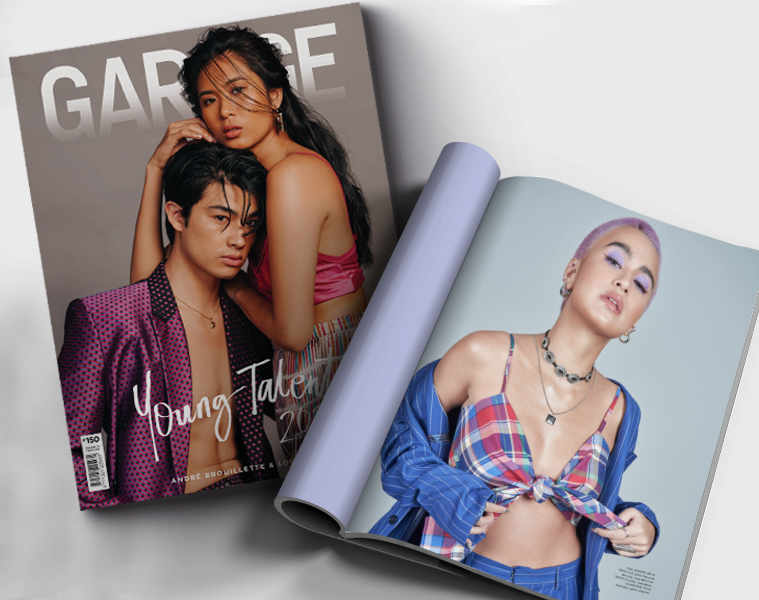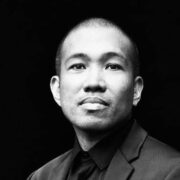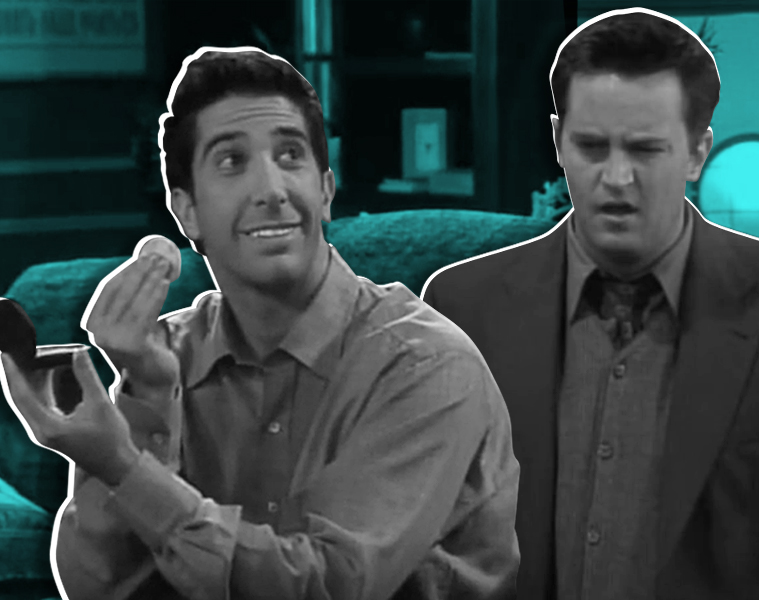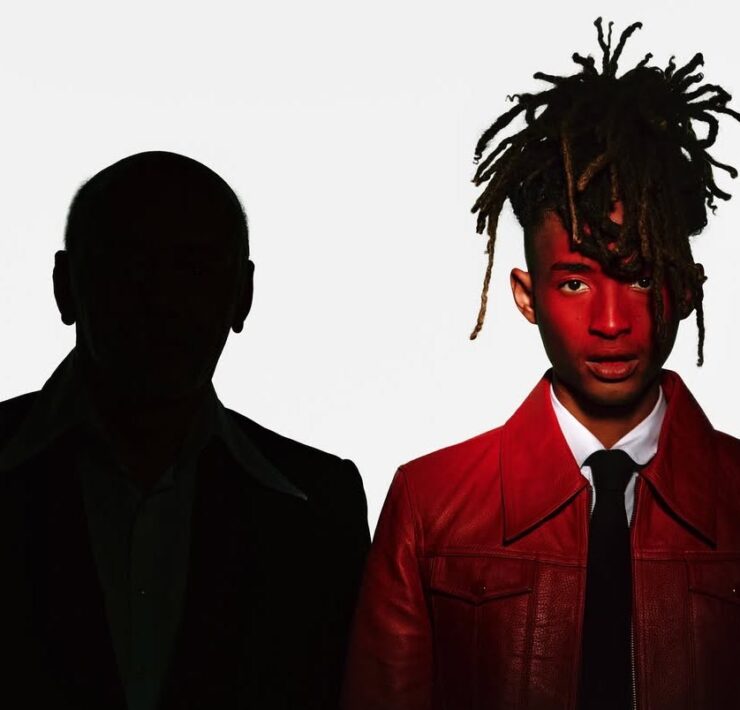How to get people to talk, according to Mitzi Borromeo

Mitzi Borromeo is no stranger to telling other people’s stories.
The news anchor had her start in television in 1999, when the ABS-CBN News Channel was still called the Sarimanok News Network. She later became a host, writer, and segment producer for the daily morning show Breakfast, before moving on to work with the National Geographic Channel Philippines and Solar News TV. When the latter rebranded as CNN Philippines in 2014, Borromeo served as the anchor for the nightly news show Newsroom for three years until January of this year and the host of the Golden Dove Award-winning weekly current affairs show Profiles. She also founded and became the creative director of Creative Cross Border Productions, an agency that produces documentaries and other media with a focus on social development issues. “My heart is really in long-form storytelling, where you can dig deeper and unravel the many layers to understanding something,” she acknowledges.
Of course, part of compelling storytelling is the ability to get people to open up—a skill that Borromeo has undoubtedly mastered in the 19 years that she has worked in the news.
Tonight, though, will be the premiere of her foray into a sort of novel territory: Her newest show DigiPinoy is a current affairs show/docu-series that is produced primarily about and for a digital audience. Its first series “Love Bytes” premiers tonight at 7:30 p.m., on all of CNN Philippines’ digital platforms (website, Facebook page, YouTube, and social media).

So what is the difference in producing a story that’s meant for digital consumption? What is fascinating about human behavior in the digital age? And how does an expert interviewer avoid awkward pauses and dead air during conversation? Borromeo shares her thoughts with Garage in this exclusive interview.
Do you still feel nervous before sitting down to do an interview?
Not so much nervous, but rather anxious or very conscious about the limited amount of time we have for [a] one-day shoot and wanting to cover as much of a person’s life in such a short amount of time. There are so many interesting facets to each personality that I want to uncover. Apart from the talk points I prepare, there are always other interesting tidbits that spring up in conversations—especially off camera—that I really must take up. I could go on and on with the fascinating talk, but there are so many other elements of the show we have to work on apart from the sit-down interview. So there’s always some anxiety about wanting to ensure all the major points come up, and then we get good action sequences and other dynamic interactions with the subject for other elements of the show—all within a very limited time frame, which is the time we’re allotted for the shoot plus the awful traffic taken into account. While preparing for the show, we also keep the audience in mind and plan our production to ensure it truly engages them.
Interviews for television get the benefit of getting edited for clarity and length, but while conducting one, do you also dread “dead air”? And what hacks have you discovered for avoiding or quickly remedying that?
Definitely! During my early workshops and OJTs in media, we were always told that dead air is a major no-no, especially on live television. It’s been one of my biggest fears on live TV ever since.
In times of dead air, I simply ask the question again, rephrase it, and observe the subject’s facial reactions closely to see if they’re connecting and getting out of the dead air. If we’re really stuck, I try to lighten the situation, maybe crack a little joke, move on to another topic, and try to come back to that question later. But there are moments when silence is acceptable, even necessary; it’s not dead air but it allows what might be referred to as “breathing” in storytelling.
“Your research serves as your ammunition to ensure you get your target.”
For example, in the CNN Philippines Profiles special that first aired last December where I asked Maranaos to recount their memories when war broke out in Marawi, one of the subjects, Sinab Ibrahim of the peace and development NGO MARADECA, stopped mid-sentence to try to regain her composure. She had broken down while recounting how, while hiding in their office and hearing reports of non-Moslems being killed by terrorists, she had to assign Moslem staff to partner with non-Moslem staff. She did that in case the Maute group of terrorists got to them and asked them questions; the Moslems could help the non-Moslems in answering so as to avoid being caught. As we spoke and she stopped to cry, struggling with words and wiping her tears, I tried to cover the dead air with my own words, or push Sinab to keep on talking, or change subject.
It was the same when we brought her and some other Marawi residents for the first time into the main battle zone, where their places of residence were. It was their first time to enter the area after fleeing it when war broke out on May 23, 2017. I asked them how they felt and what they were thinking as they saw their neighborhood again. They were silent at first, tears streaming down their faces, their heartbreak clearly visible in their silence. In times like these, there is great power and meaning in the silence.
In cases like those where a question seems to make your interviewee uncomfortable, how do you ensure you’ll still get a concrete answer from them without making them feel defensive and/or unwilling to answer further questions? Basically, how do you balance the need to get answers and the tact to keep the communication line open?
In such situations, I simply ask the question again, rephrasing it or asking a related question that may lead the subject to answer the original question. When it comes to especially sensitive topics like controversial political issues, it helps to have the subject speak from their point of view first then ask them to comment on other perspectives, before getting back to the question they may have been evading initially. Whatever approach one takes in handling sticky situations, it’s always important to be respectful—even while being dogged, relentless, and persevering with questions—and mindful of the fact that the subject has taken the time out for your interview.
Most important is to do good research and get all the facts to support your questions or talk points. That way, you can bring up all the supporting information to push the question forward in such situations. Your research serves as your ammunition to ensure you get your target.
Your new show Digi-Pinoy premieres tonight on all of CNN Philippines’ digital platforms. What about human behavior in the digital age personally captivates you, either in a good or bad way?
There’s no denying that all aspects of our lives have been transformed by information technology. In fact, the Philippines has earned various recognitions, such as the “text capital of the world,” and Makati as the “selfie center of the planet.” From text messaging, social media, and information-gathering to the way we learn, do business, or connect with family and friends, digital information technology has transformed the way we live. As the digital world evolves, so do we.
“There are moments when silence is acceptable, even necessary; it’s not dead air but it allows what might be referred to as “breathing” in storytelling.”
I’m interested to learn more about how Filipinos are dealing with an ever-changing digital culture. DigiPinoy will explore the many aspects of our Pinoy lives that have been transformed by the digital age. We look at the good and bad sides of the digital world: What humanity loses and gains as we become dependent on technology.
For example, in the pilot series entitled “Love Bytes,” we look at how technology influences the way we experience love, intimacy, and connection, as more Filipinos use dating websites and apps to meet new people and sustain relationships. Essentially, this first DigiPinoy series helps us understand the modern ways of finding romantic connections and communicating our emotions, particularly through the use of social media and mobile applications.
As a writer/producer, have you found that there has to be a distinct approach in creating a docu-series for online/digital, one that’s different from what’s intended for more traditional media?
It’s our first digital series at CNN Philippines, so we’re learning as we go along, and will be making improvements with each new episode. There’s definitely a different approach to storytelling through online platforms. The essentials of good storytelling remain, but with an online docu-series, you can be more playful, rough, creative. But you have to ensure every second is engaging, otherwise viewers will simply surf on.
What’s great about digital platforms is having more avenues for engaging audiences and getting immediate feedback. I look forward to learning more as we go along, and finding ways to include more interactivity. It’s surely an adventure each time we click, press and swipe the Pinoy landscape to reveal the DigiPinoy.
Header art by Pol Aries Zamora.
All images courtesy of CNN Philippines.










